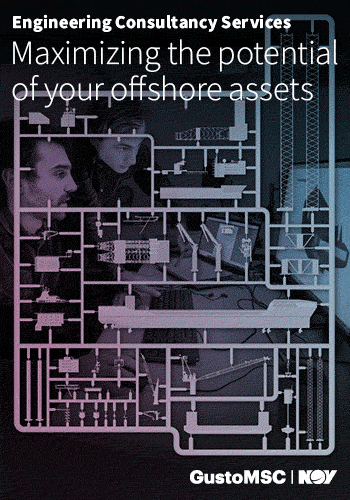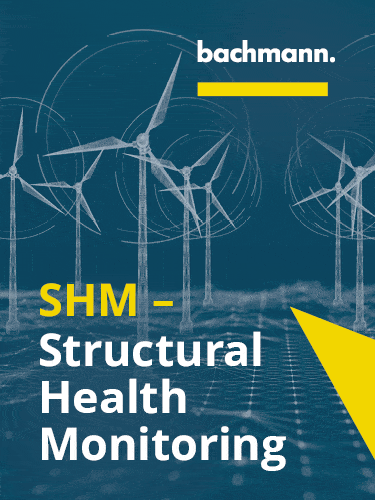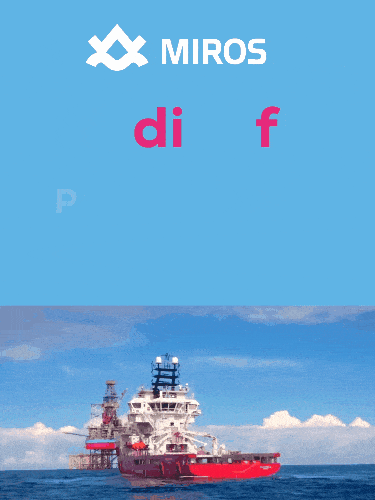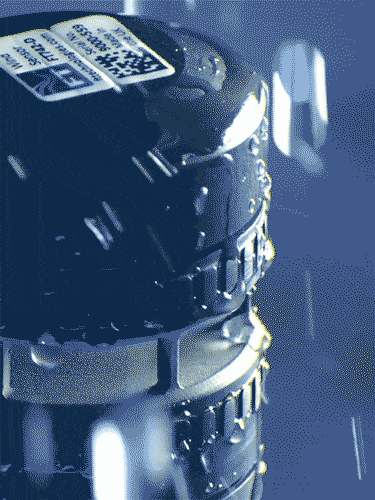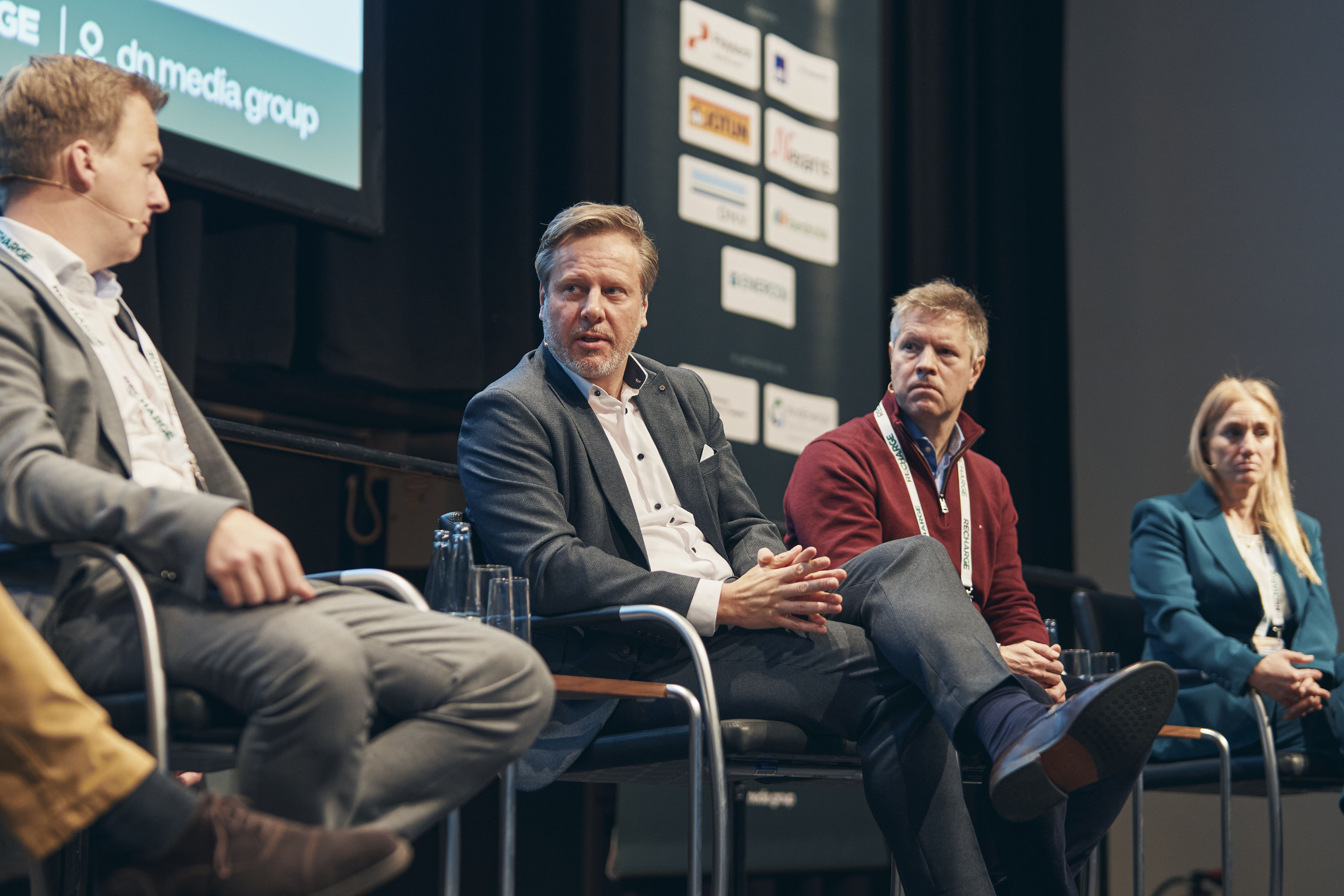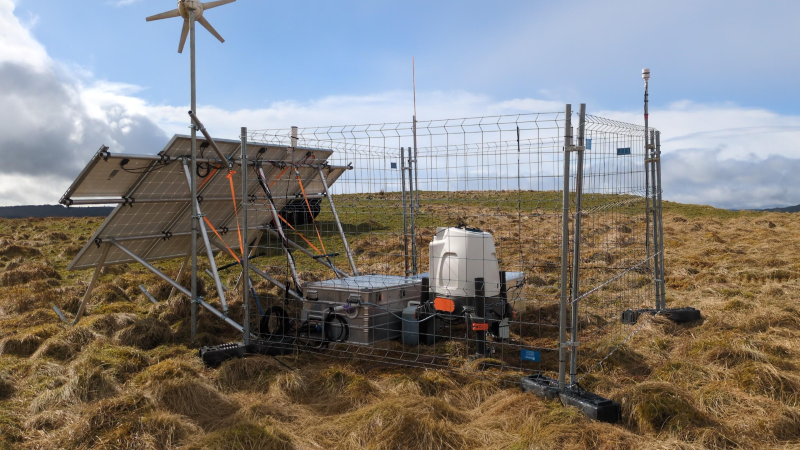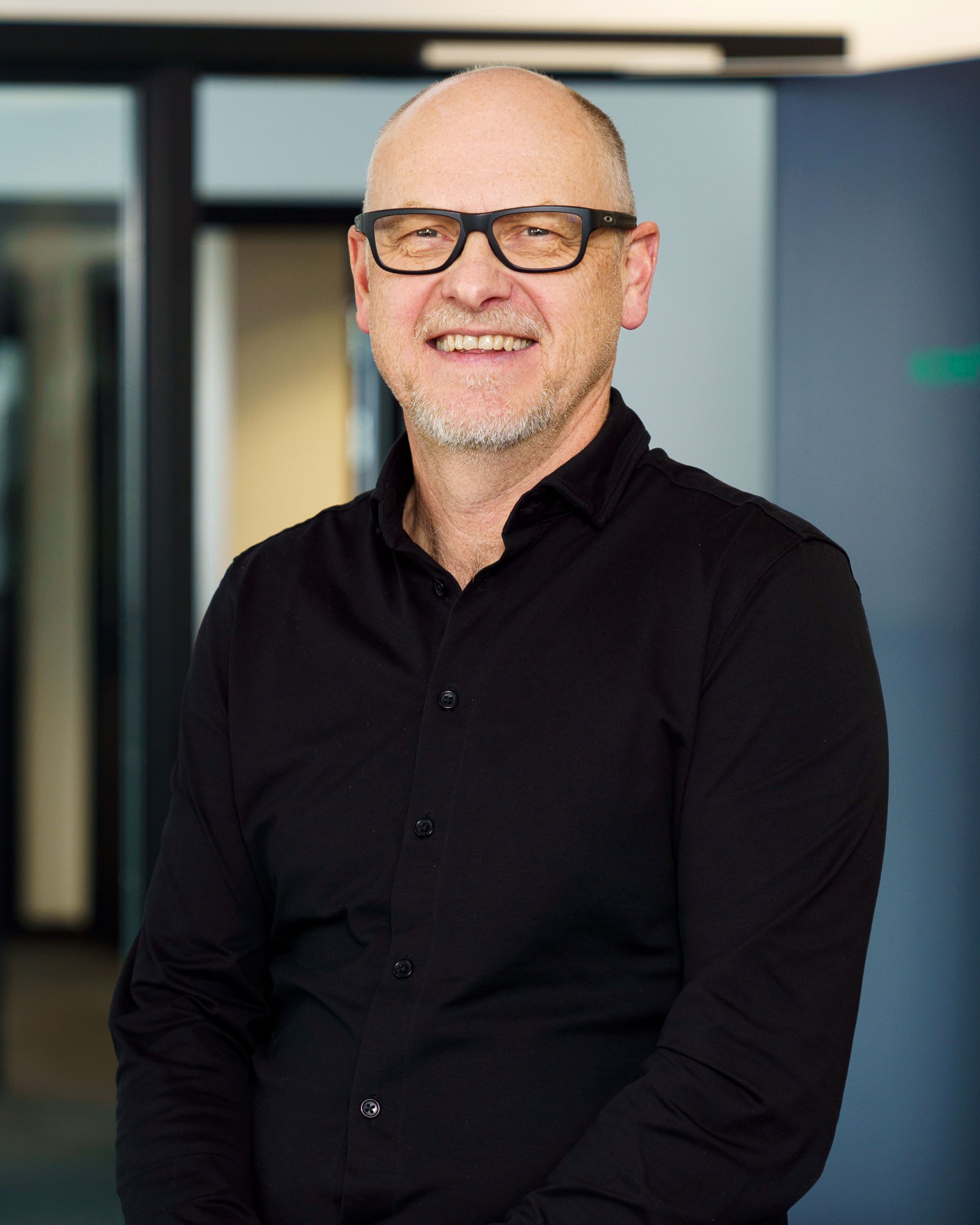News
ACT Blade receives component certificate for their yacht-racing inspired wind turbine blade
Published in: Wind, Press Releases
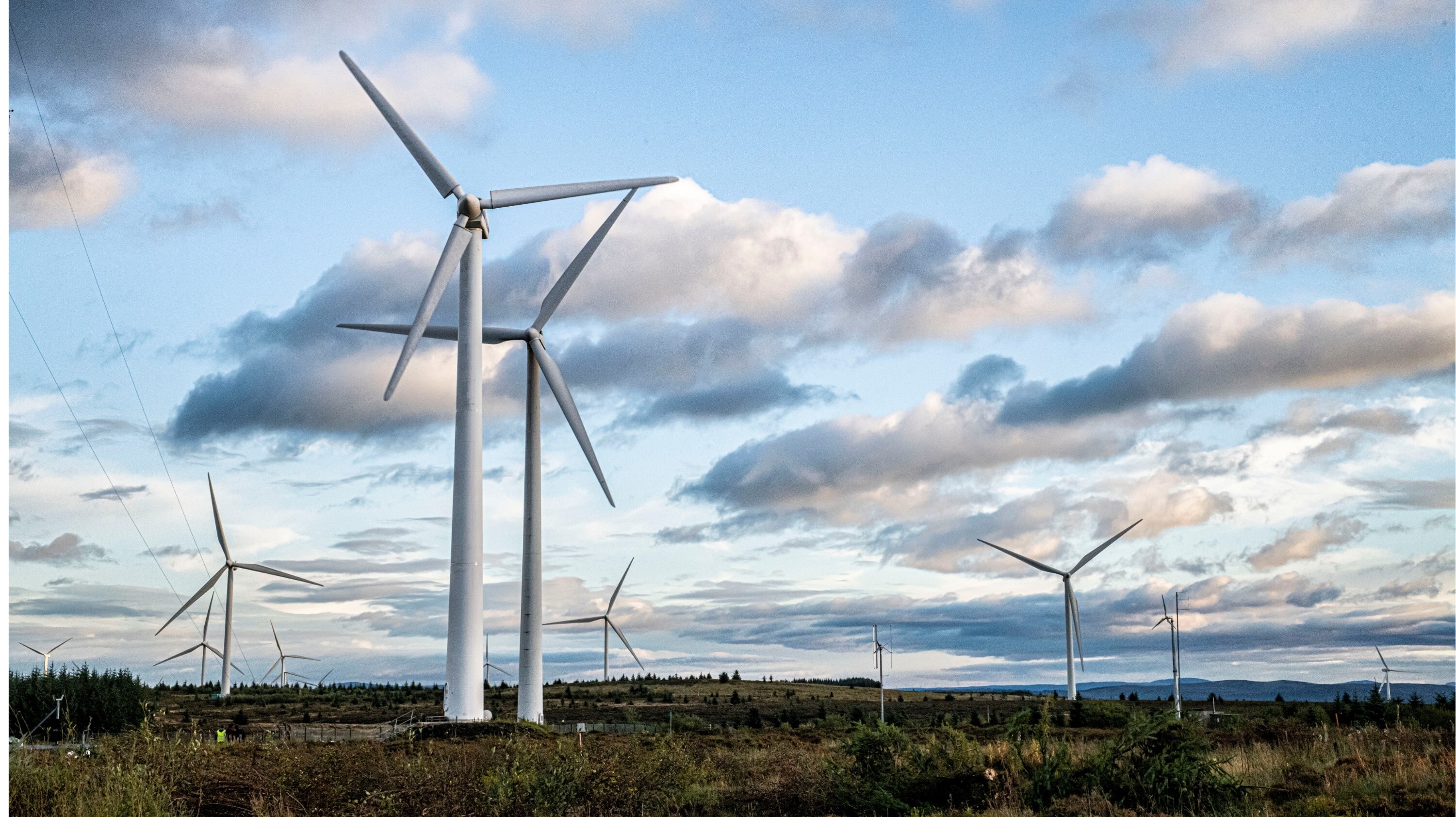
The world's lightest, modular, and sustainable blade – the ACT100 from ACT Blade- receive Component Certificate, paving the way for installation this winter.
Following a comprehensive and successful structural and lightening testing campaign, and final production, the ACT100, a 49.2m long blade for a 2MW turbine, receive the Component Certification according to the latest international standards. ACT Blade have used UL Solutions for this challenging process. This milestone paves the way for its first installation on commercial turbines of a leading energy company and distribution on the global market.
Most blades are made from fibreglass, but ACT blades are made of an internal slim composite structure and fully covered by high-tech textile, making them lighter than conventional blades. The 49.2m long ACT100 weighs the same as a 45m blade and can therefore be installed on existing turbine rotors. Being ten per cent longer, it also allows for up to nine per cent more energy production. The ongoing measurement campaign demonstrates that the ACT100 can replace existing blades without adding additional loads to the wind turbine.
Sabrina Malpede, CEO of the company, said: "We have reached an important milestone in the ACT Blade journey. The Component Certificate is the result of a long and complex process, as we are offering a blade that uses new materials and new production models.”
"For us, this is not only the culmination of years of innovation, but above all, it represents an important step towards entering the market with a commercial product. And we are grateful to all our partners who have supported us along this journey."
Development of the ACT100 followed a successful initial operational test of a small, but full-scale ACT Blade rotor in collaboration with the Offshore Renewable Energy (ORE) Catapult. This took place on a fully instrumented V27, a 225kW turbine, at the Energy Technology Centre (ETC) in Myres Hill, Glasgow, in 2021-22. Over six months, the rotor composed of the ACT27, a 13-meter-long blade, generated a total energy of 184 MWh and was operational 94.9 per cent of the time.
Dr Donald MacVicar, Chief Technical Officer at ACT Blade, commented: "The successful ACT27 test validated our design and forecasting capabilities with a high level of confidence. Given the age of the V27 turbine, it was very challenging to work with limited and sparse data. That six-month test strengthened our confidence in our design capabilities, allowing us to proceed with the design of our first commercial prototype blade, the ACT100.".
Dr MacVicar continued: "Furthermore, the development of the ACT100 was particularly challenging due to the constraints imposed by the 2MW turbine we are targeting. We had previously designed a 55 m-long blade. In this case, this was our first production run of a 50 m-long ACT blade. Therefore, it was very important to us to undergo a comprehensive test program, according to the latest international standards. We were pleased that all tests were successfully completed without any downtime and/or repairs of any kind. The Component Certificate provides our potential customers with certainty and assurance they need to embrace the novel ACT100"
About ACT Blade:
Founded in 2015, ACT Blade design, manufacture and commercialise wind turbine blades based on the proprietary ACT Blade technology. Being the lightest, only modular, and fully sustainable wind turbine blade, ACT blades directly reduce wind energy production costs.
For further information, visit www.actblade.com
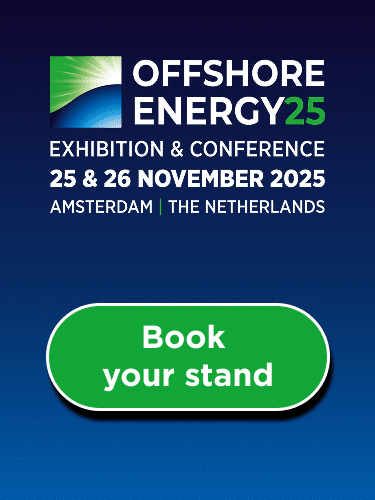

.gif)
